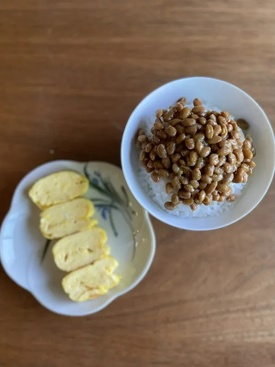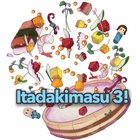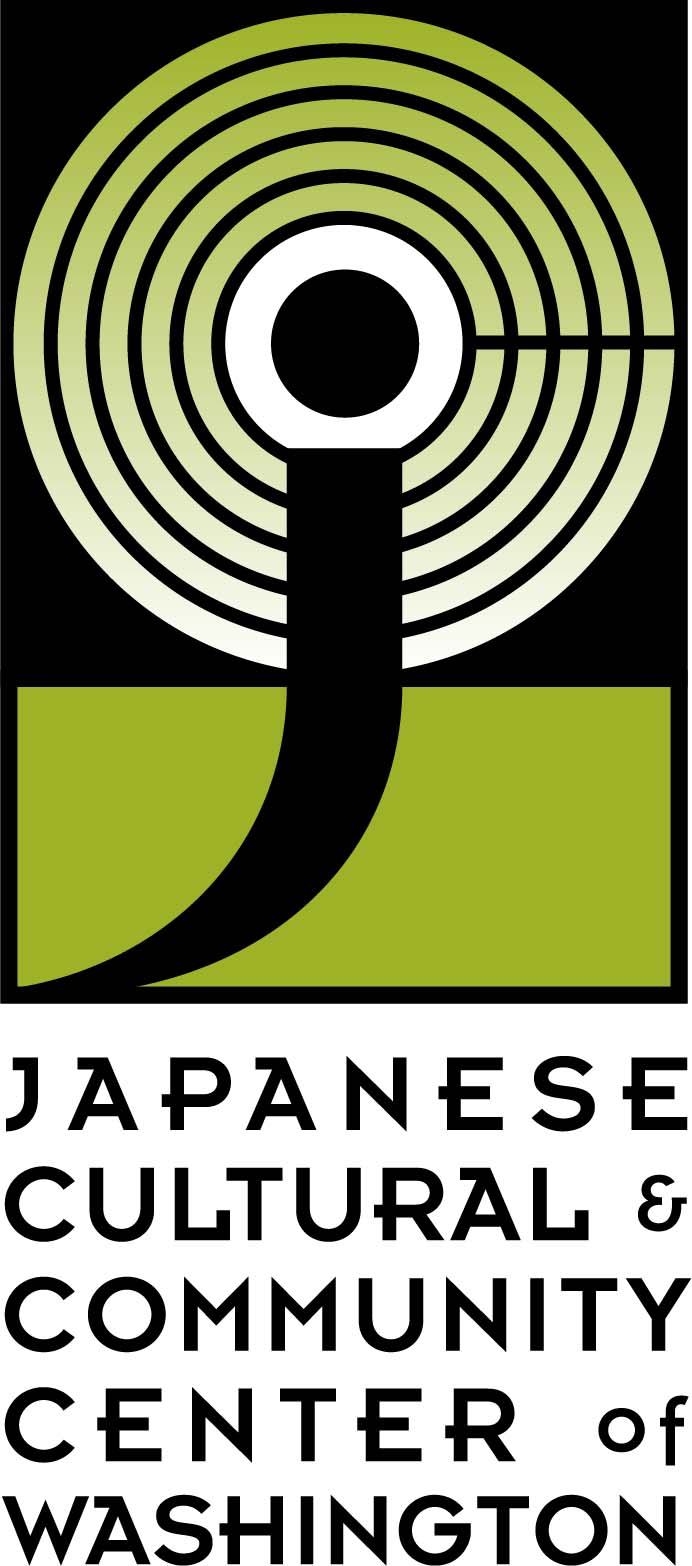Like any good Gen Z-er, I’ve made my fair share of TikToks since I first downloaded the app two years ago. Most are silly and trivial and recorded primarily for my “impressive” following of 45 followers—the majority being school friends.
Although it pales in comparison to the millions and even billions of views that top users (often dubbed “Content Creators”) regularly receive, the most popular TikTok that I ever made was, interestingly enough, a minute-long video of my dad and me making tamagoyaki.
By the time I eventually privated it, the video had only received a little under 2,000 views. But, despite its relatively low viewership, people certainly did not shy away from commenting or replying to discussions.
“I love tamagoyaki my mom makes em all the time! i recommend adding green onions and some ham tho, it makes it so good,” one comment, in true Internet grammatical fashion, warmly suggests.
“This looks so amazing!! I’ve never seen something cooked like that,” another says.
But the comment that piqued my attention the most wasn’t one of excitement or shared interest. It wasn’t even particularly malicious or unkind. “I could never eat my eggs that runny,” it simply read.
I wouldn’t have even given it much more than two seconds of thought if it wasn’t something I had seen before on other Japanese food content.
Of course, it goes without saying that people are allowed to have their own culinary preferences. I’m no sekihan superfan, and nattō is edible but not particularly crave-worthy in my book. Still, there’s something irksome, something that rubs the wrong way about these kinds of comments. At the very least, they’re bothersome enough for me to make note of their character and frequency.
“That’s not fluffy, that’s raw,” said one commenter on a video of a chef preparing omurice.
“Raw egg nooo nooo,” and “ABSOLUTELY NOT,” read another two comments on two separate videos on how to make tamago kake gohan. Even sushi, one of Japan’s most mainstream and celebrity dishes, is still fair game for snide remarks.
Comments of this nature are also not exclusive to Japanese food by any means. Unfortunately, Asian cooking as a whole seems to be a magnet for this type of attention and can range from snarky to downright racist.
“Looks awful,” and “I just know that’s bland as hell” are two comments left on a tutorial showing how to make Filipino arroz caldo, a chicken and rice porridge.
“This how Covid started,” says a comment left on a video of a man eating jokbal, a Korean braised pig’s trotter dish.
The Internet breeds a new brand of malice—one that can be typed yet not uttered. Behind the screen, people are presented with the freedom to morph into anonymous beasts under the guise of made-up usernames or hidden IP addresses.
And for Asian and Asian diaspora creators, sharing cultural food online can attract insensitive and persistent commenters, their words an amplified echo of school lunchroom teasings, raised eyebrows, and pinched noses.
However, I’d like to note that social media is inherently paradoxical. The comment sections of the aforementioned videos were all overwhelmingly flooded with kind, encouraging remarks.
Even initially mean-spirited comments later found their replies flooded with reprimanding and corrective remarks. In fact, more often than not, commenters were more than eager to defend a dish’s cultural significance—even if they weren’t a part of that culture themselves.
To my own tamagoyaki TikTok and its accompanying “I could never eat my eggs that runny,” a commenter was kind enough to explain to them that “it gets cooked in the process, it’s runny at the start so that they can stick together.”
Social media platforms are cruel—a characteristic that’s come to be nearly expected the moment anonymity becomes an option. From cyberbullying to doxxing to death threats, the cyber world reeks of digital toxicity.
But those kind comments still shine through, and suddenly it’s not all so black-or-white anymore.
“This looks so amazing!! I’ve never seen something cooked like that.” I read the comment once more. And I get warm and fuzzy all over again.
*This article was originally published on the Rafu Shimpo on June 4, 2022
* * * * *
Our Editorial Committee selected this article as one of his favorite Itadakimasu 3! Nikkei Food, Family, and Community stories in English. Here is her comment.
Comment from Gil Asakawa
I loved all the English entries for Itadakimasu 3! for different reasons. But my favorite of the submission is “Food for Thought—TikTok & Tamagoyaki,” an essay by Kyra Karatsu, a college journalism student that originally ran in The Rafu Shimpo back in June 2022. She’s a Japanese-German Yonsei who’s written a series of insightful stories for Discover Nikkei about her Japanese identity, family, culture, and history that are all worth reading and absorbing.
In this piece, Karatsu writes about her generation’s affinity for social media, and especially TikTok, which features videos that can go insanely viral. She notes she has only a few followers of her content, then explains her most viewed post is a one-minute video of she and her father making tamagoyaki, which received 2,000 views (puny by star content creator standards) but passionate comments from those viewers.
She acknowledges there ultimately were plenty of positive comments, but cites some of the negative sentiments and weaves her food essay with threads of the current wave of anti-Asian sentiment and writes, “The Internet breeds a new brand of malice—one that can be typed yet not uttered.”
Karatsu’s directness and clarity raise this piece about the joy of making tamagoyaki (and not particularly liking natto or sekihan) to a thought-provoking rumination on modern technology and social justice. She’ll have a fine career as a journalist and a cultural thinker, which is an exciting prospect for the Nikkei community.
For the record, though, I love sekihan and natto… and of course, tamagoyaki!
© 2022 Kyra Karatsu / Rafu Shimpo











